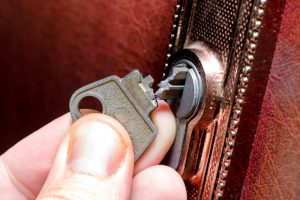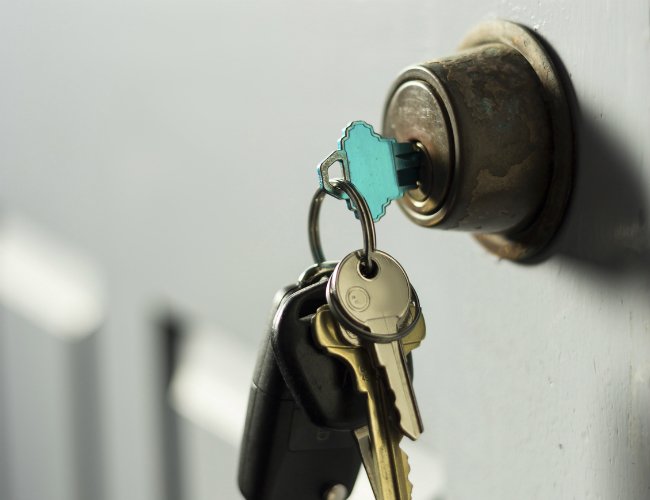When the lock blocks, it is generally due to one of two culprits: either the key or the cylinder. The most common situations are basically those we have briefly listed below and for which we try to suggest some solutions.
- The key has remained stuck in the lock
- The key has broken inside the lock
- A key has remained inserted inside
- The cylinder is damaged
- The cylinder has rusted
Regardless of the cause, these types of problems are, in fact, quite common and could, at first glance, make us panic. The first advice is, of course, to contact a locksmith who with his tools and experience will probably be able to quickly solve the problem. For those who, however, do not like giving up but prefer to “get their hands dirty” before asking for help, we have some suggestions, which, if put into practice, could help to “get by on one’s own”.
If the key has remained stuck in the lock
The dynamics of how this problem has occurred are quite obvious: the key is inserted into the cylinder to open the door, the key is turned, but it remains jammed. In these cases it is essential to avoid forcing the rotation of the key as it could deform it or, even worse, break it. This “method” could also worsen the already precarious condition of the cylinder.
For a DIY solution, the advice is to firstly check that the key is correctly aligned with respect to the cylinder, i.e. that the key-coding (notched side) corresponds with the pins (bottom side of the cylinder); if this is the case, then by using a suitably sized screwdriver, you can enter the hole on the head of the key (the one through which key rings normally pass) and try to pull the key outside without twisting it, to avoid breaking it. In order to extract the key it is also possible to help by pushing the cylinder barrel in the opposite direction to the key extraction direction (to recover any clearance which causes misalignment of the holes of the pins, between plug and cylinder body) whilst, at the same time, pulling the key.
As a last attempt, you can try to extract the key using a pair of pliers, but taking care to keep it properly aligned, without turning it, which would risk breaking it.
If the key has broken inside the lock
Let’s see how to get a broken key out of a lock. This is a situation similar to the previous one, but this time the key has broken off inside the lock cylinder.

In this case, you will have to extract the broken key: with a little patience, you can do it using a pair of scissors or, alternatively, a pointed tool which allows you to grip the key and drag it out. You can see a practical demonstration of how to do this in the video below (up to 1:18 minutes).
A second valid method involves the use of a plastic strip and strong glue. Firstly, check that the strip can be inserted between the key and the cylinder, then add a small amount of glue on one side of the strip and insert the latter between the key and the cylinder. Once a few minutes have elapsed, the time necessary for the glue to solidify and the key to remain glued to it, the strip should be pulled outwards.
We are going to stop here for now, but do not miss a second blog indicating the possible solutions for the other three cases mentioned at the beginning of this article.
Read also the second part of this post!
You will find out what to do when:
- A key has remained inserted inside
- The cylinder is damaged
- The cylinder has rusted


it is very helpful. thanks for sharing the step to take when the key blocked
My ignition in my sliding door is no longer turning it’s stucked